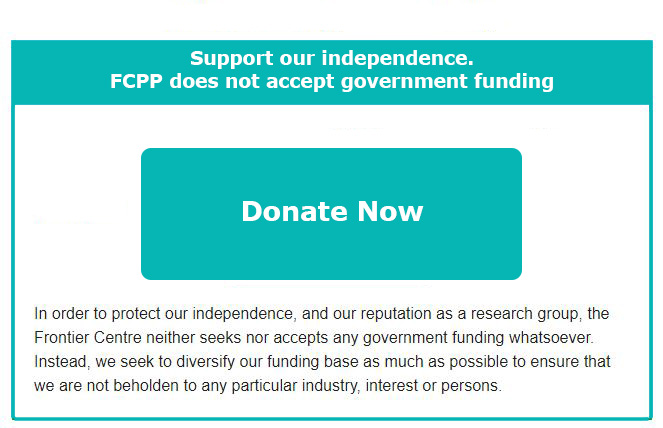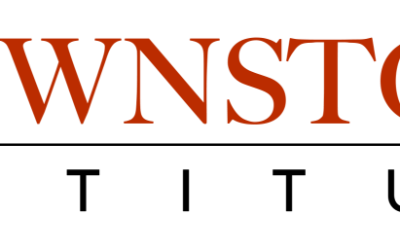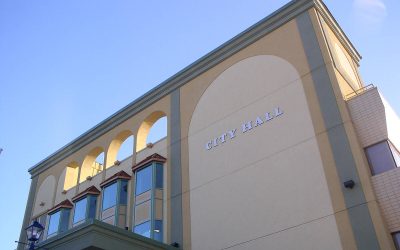“Pretendians” are what Indigenous people call non-Indigenous people who claim that they are Indigenous. Government financial incentives reserved exclusively for Indigenous people—supposedly, to achieve “equity”—have created “Pretendians” who are increasingly being called out by other Indigenous people for not being Indigenous enough.
Well-known author Joseph Boyden and filmmaker Michelle Latimer (maker of the now-cancelled CBC “Trickster” series) are both examples of this phenomenon. Both claimed to be Indigenous, but fellow Indigenous artists decided that they were not Indigenous enough.
Now, a Haida filmmaker, Tamara Bell, wants the government to draft legislation that would criminalize “Pretendians.” How would a person’s “Indigeneity” be measured? A blood test? An odious racial status card like apartheid South Africa’s? (Oops, Canada still has those.)
But it is not only Indigenous people who are having this difficulty sorting out who belongs to their group and who doesn’t qualify for membership. Recall the recent squabbling between Métis groups, with western Métis arguing that an Ontario group claiming to be Métis should be denied that status, only to have another group claiming to be Métis pop up in the Maritimes.
And these unseemly fights are not limited to Indigenous people. As a direct result of the new federal government legislation, the “Black Canadian Communities Initiative” (which gives “Black-owned businesses” funds based solely on the skin colour of applicants), now claims that some applicants are not “Black” enough to qualify for these purely race-based funds.
Apart from thoroughly embarrassing most Indigenous, Métis and Black citizens—who want nothing to do with special treatment—what do all of these petty disputes have in common? The answer is simple: free money based only on a person’s claimed racial identity.
Dividing people up into racial or ethnic tribes and treating them differently, has always been a bad idea, no matter what the motive. And the underlying premise of such legislation—namely that treating groups differently is “equity” and will somehow lead to the social mobility that will move people up the socio-economic ladder—is clearly false. “Equity” means “equal outcomes for all”—Karl Marx’s impossible and deadly goal.
How does giving a middle-class author or filmmaker extra money provide opportunity for people stuck in poverty in uneconomic communities? How does giving an Indigenous academic a professorship they are not qualified for or a privileged Black bureaucrat a promotion based solely on skin colour, possibly benefit the marginalized?
These race-based programs are an insult to those who have achieved success on their own merit and hard work.
The fact is that dividing people into racial and ethnic groups and treating them like incompetents was wrong in past times and it is just as wrong today. It leads only to division and resentment. We already live with the shame of the racist Indian Act that the chiefs refuse to let go.
Our federal government should be promoting “equality”—equality under the law and equality of opportunity—and not its divisive opposite, “equity.” We come from many different ethnic backgrounds, but we are all Canadians.
And yes, those who need a helping hand should be given one. But government programs should be based on need, not race.
Canadians should reject legislation based on race or ethnicity.
Brian Giesbrecht, retired judge, is a senior fellow at the Frontier Centre for Public Policy.
Photo by Steve Halama on Unsplash.



